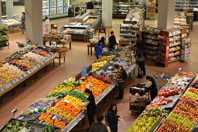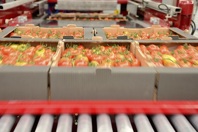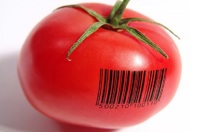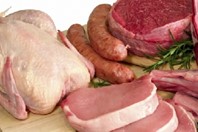ARTICLES BY SAM LEWIS
-
3/15/2016
As consumers become increasingly attentive and evermore informed regarding what they eat, so do their ideas of what food safety should mean for food manufacturers. Here, William Thomas, CEO of Thomas Utopia Brand, answers my questions concerning what food safety means for food manufacturers in the age of the ultra-informed consumer.
-
1/11/2016
The FDA’s final rules for Preventive Controls and Foreign Supplier Verification Program, which were released on September 17 and November 27, 2015, respectively, create new requirements aimed at ensuring the safety of foods, including ingredients and raw materials, through the supply chain. Whether a company is an importer or a manufacturer, if it relies on a supplier to control hazards, it likely will need to develop a supply chain program that includes a process to approve suppliers and to identify verification activities of those suppliers based on risk. Here, Jennifer McEntire, Vice President of Science Operations at the Grocery Manufacturers Association (GMA), answers my questions about creating supply chain control programs.
-
1/4/2016
The food industry’s supply chain is a difficult landscape to traverse. New technologies seem to arrive on a monthly basis, logistics always presents its own unique challenges, consumers are becoming increasingly demanding, and food safety legislation is constantly evolving — it’s a lot for food manufacturers to stay on top of. Here, Daniel Triot, Senior Director of the Trading Partner Alliance of the Food Marketing Institute (FMI) and Grocery Manufacturers Association (GMA), answers my questions about supply chain obstacles food manufacturers and retailers are facing and offers guidance on how to overcome them.
-
8/4/2015
What was most important to our readers in July? Take a look back at last month by reviewing the 10 most-popular articles that appeared on Food Online.
-
7/6/2015
For food manufacturers and processors, product recalls, problems with inventory, and other supply chain mishaps are an absolute nightmare. These misfortunes lead to lost revenue, present a threat to a company’s financial value, endanger consumers, and negatively impact your customers’ loyalty to your brand. Fortunately, by implementing serialization solutions, food companies can quickly and intelligently respond to these adversities.
-
6/22/2015
When the phrase “electronic traceability solution” is spoken in the food industry, some other phrases might instantly come to mind: “From farm/factory to fork,” “from harvest to table,” or “from plant to plate.” These phrases offer comfort that every food product that is tracked and traced is safe, and if a contamination event were to happen, the food would never reach the consumer. However, as we all know, even with the best prevention methods and traceability solutions in place, contaminations still occur.
-
6/10/2015
There is no doubt about it; it is getting more and more difficult to be a successful food processor or manufacturer. The supply chain continues to grow and become more complex, food safety regulations across the globe are becoming increasingly stringent, consumer preferences are constantly evolving, and the food industry’s workforce seems to be continuously changing. All of these trials amplify the importance of managing risks, keeping the public safe, and maintaining consumer loyalty to your brand. So, what can you do to manage this incessantly-growing number of risks?
-
6/9/2015
What was most important to our readers in May? Take a look back at last month by reviewing the 10 most-popular articles that appeared on Food Online.
-
5/28/2015
As the complexity and global nature of the food supply chain continues to grow, so does the number of food product recalls.
-
3/18/2015
Recent research from Kansas State University explores five factors that have major financial implications for companies enduring meat and poultry recalls.











